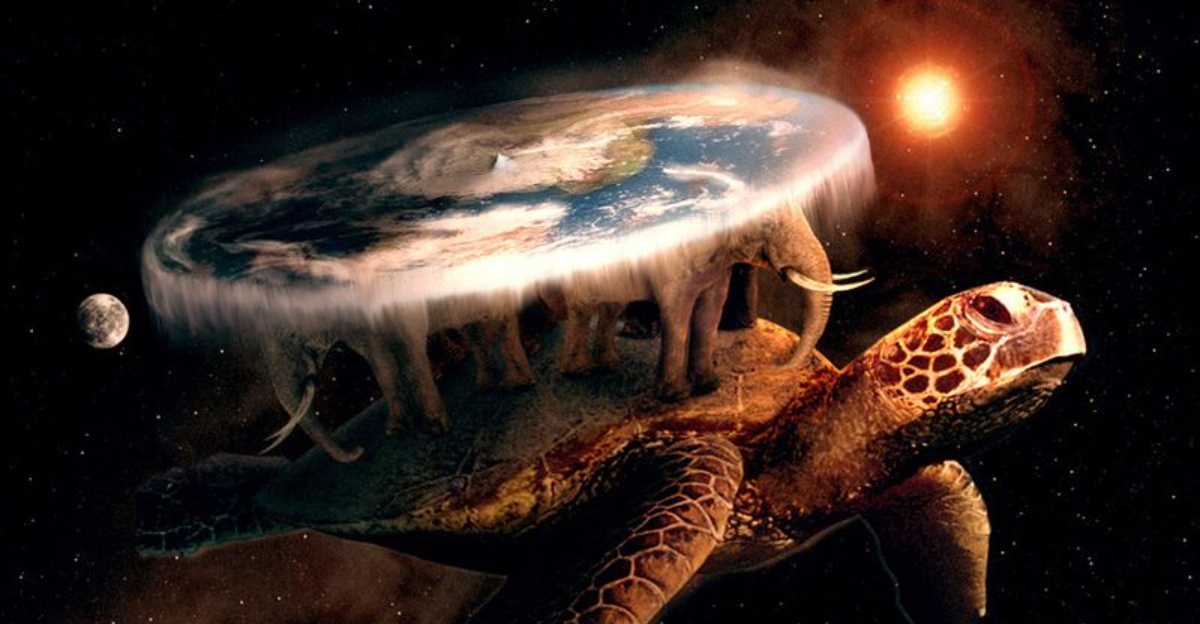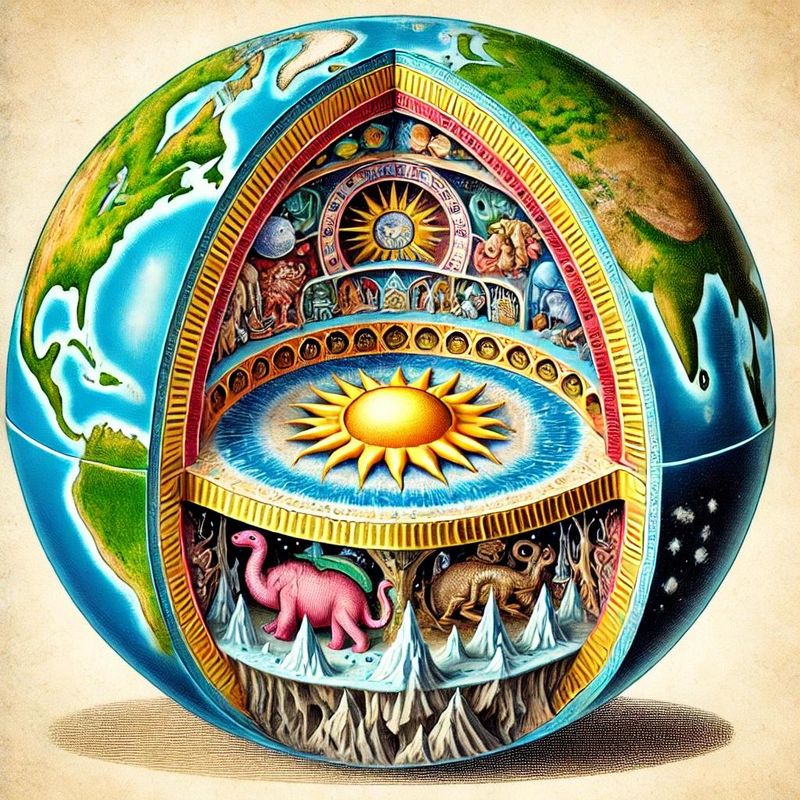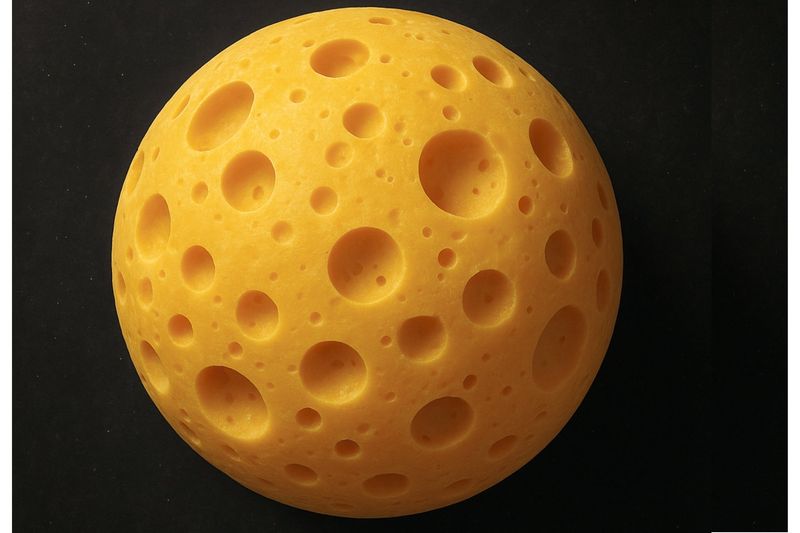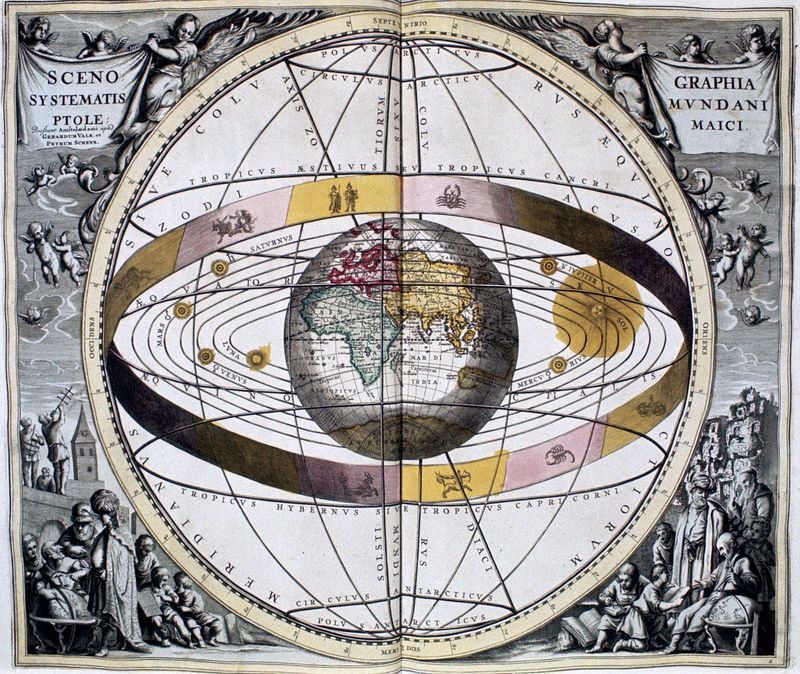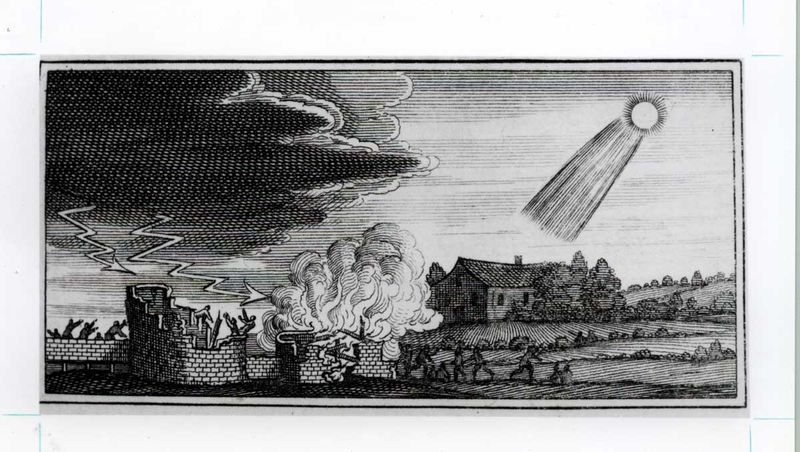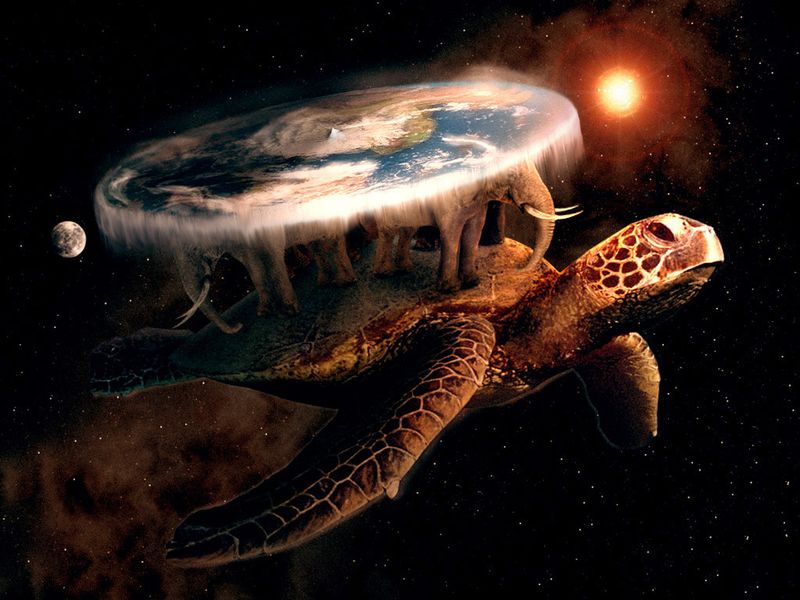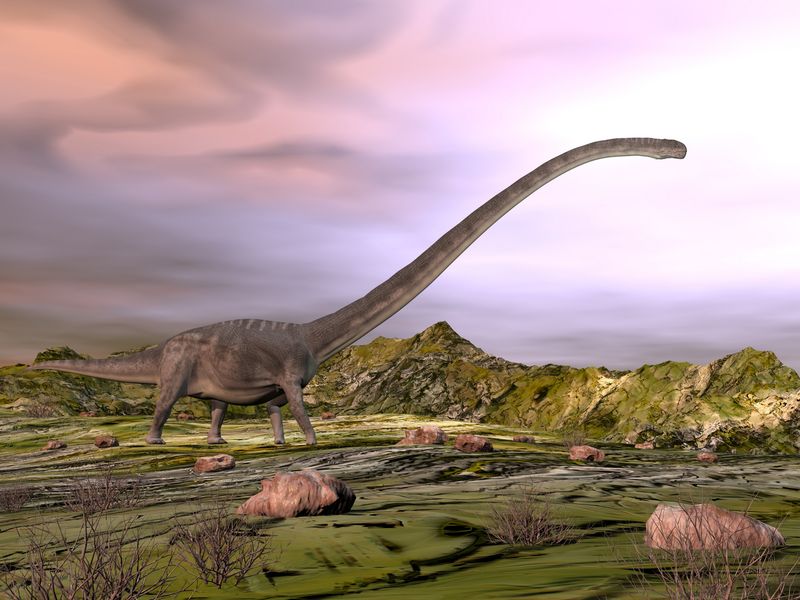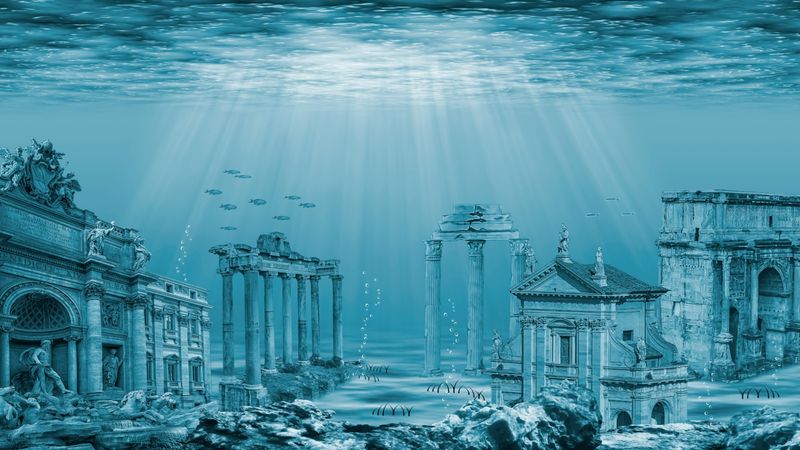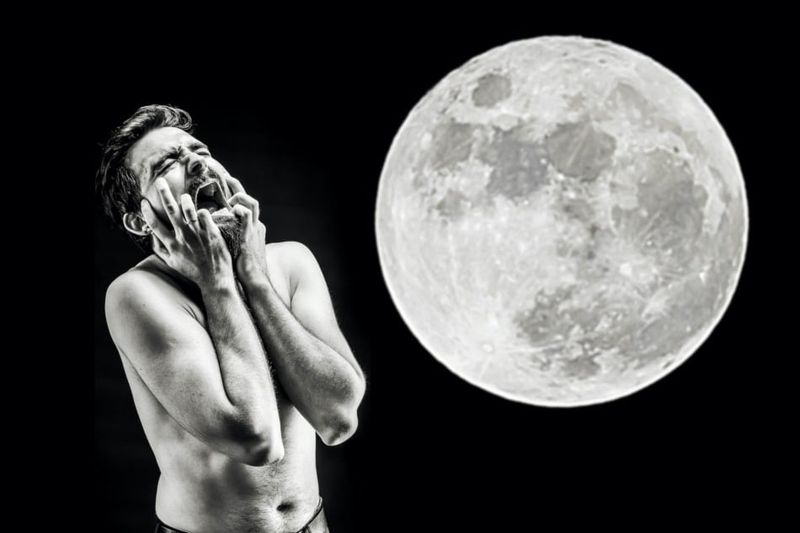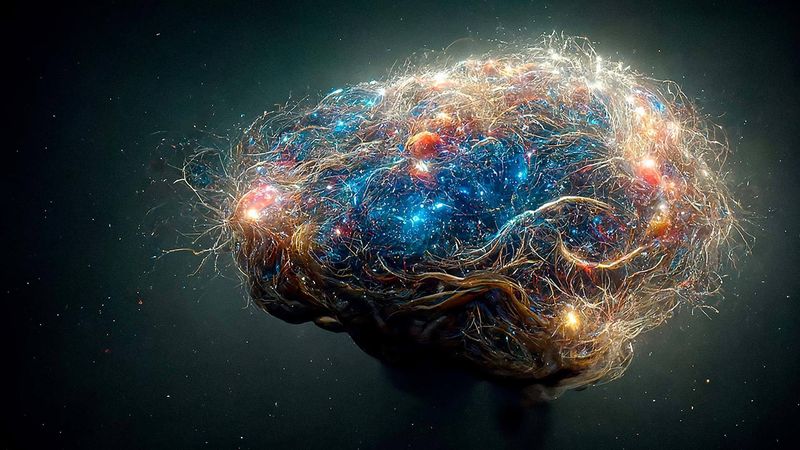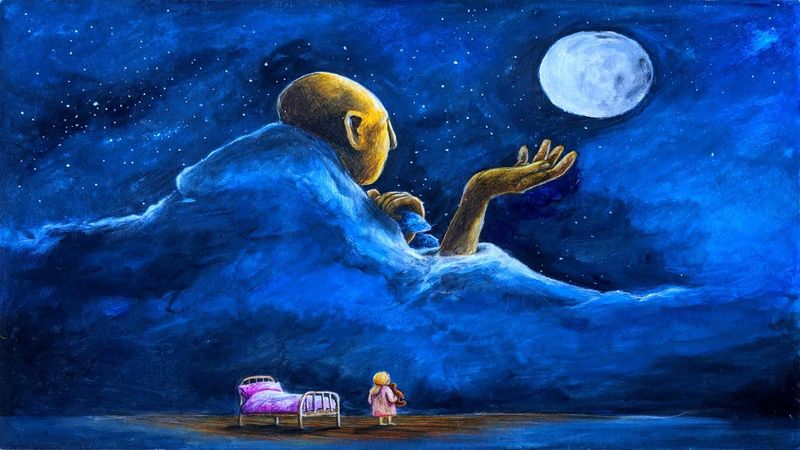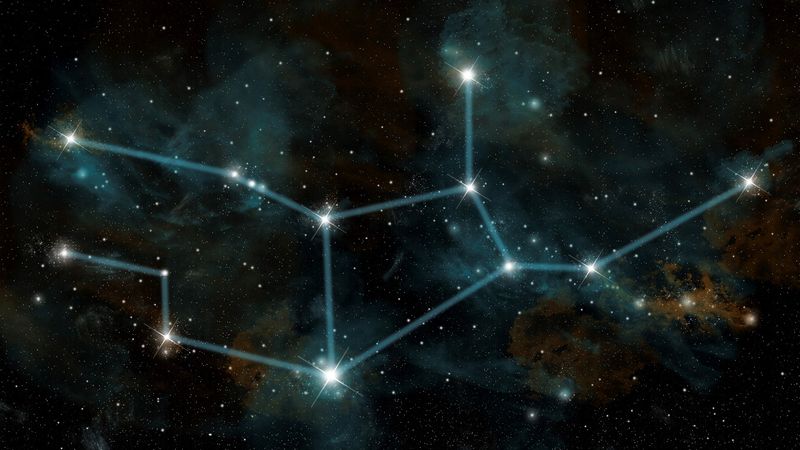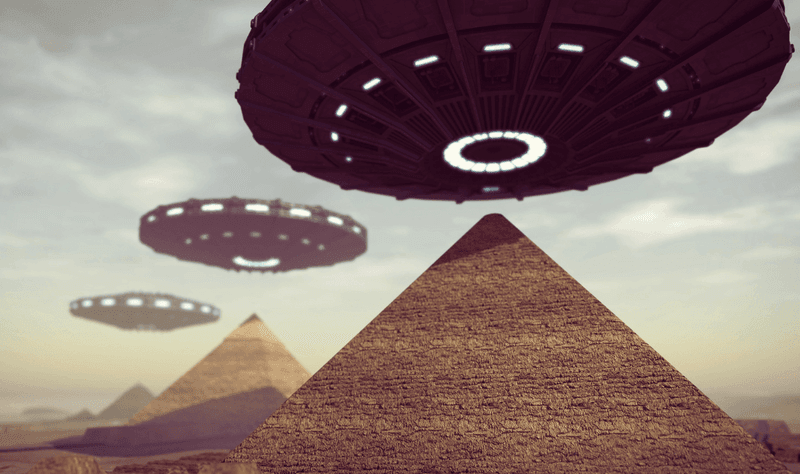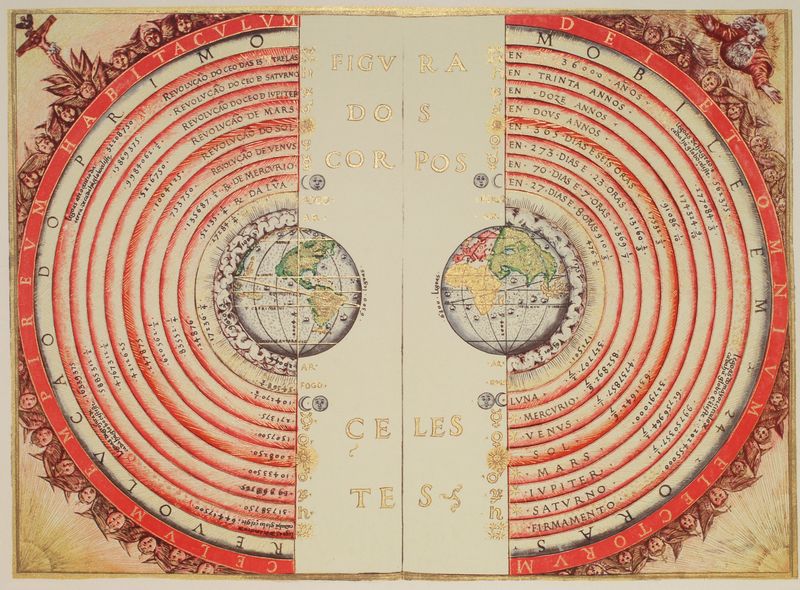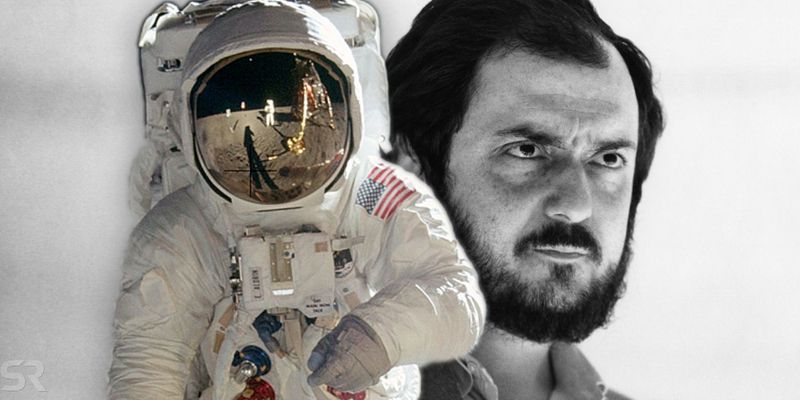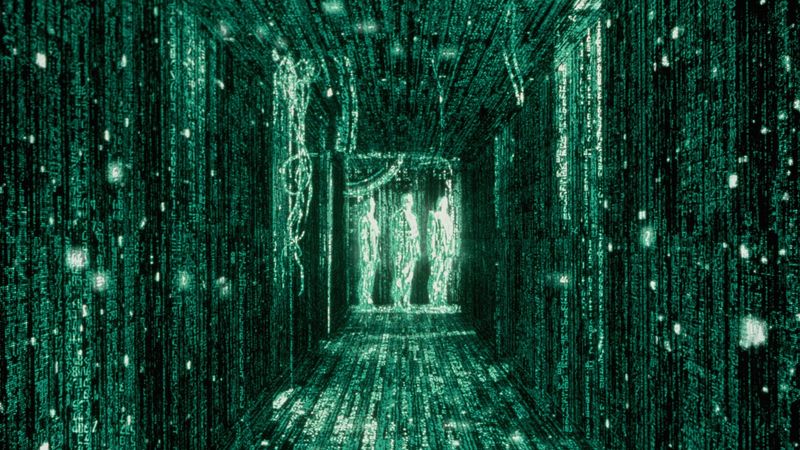History isn’t just about battles and treaties—it’s also filled with the wildest theories people actually believed. From flaming chariots in the sky to civilizations inside the Earth, these universe-sized ideas were once taken very seriously. Get ready to laugh, scratch your head, and maybe even question reality with these 17 hilariously bizarre historical theories.
1. The Earth is Hollow… and Full of People
In the 17th century, an imaginative thinker, Edmund Halley, postulated that our Earth is hollow and harbors multiple layers, each home to different civilizations. He envisioned grand entrances at the poles, like portals to a hidden world. Imagine a bustling society beneath our feet, with its own skies and landscapes!
This theory caught the fancy of many, with its allure of mystery and hidden realms. It seemed straight out of a fantasy novel, captivating those yearning for the extraordinary. The idea even included luminescent gases lighting the inner world, adding a sci-fi twist.
Such notions today inspire tales of adventure and exploration, reflecting humanity’s eternal curiosity about the unknown.
2. The Moon Is Made of Cheese
Once a playful jest among early European philosophers, the Moon being made of cheese became an amusing metaphor for the far-fetched. They speculated, perhaps in jest, that the lunar surface was a vast, delicious cheese wheel, inviting dreams of celestial fondue.
This quirky idea reflected the whimsical side of human imagination, where the impossible seemed briefly possible. It served as a reminder of how little was known about the cosmos, where cheese and stars could be neighbors.
The image of cheese Moon persisted as a cultural icon, inspiring jokes and cartoons, cementing its place in the annals of amusing historical conjectures.
3. The Sun Moves Around the Earth
Before Galileo’s revelations, the prevailing belief was a geocentric universe, where the Sun obediently circled the Earth. This perspective echoed the sentiment of humanity’s self-importance, placing us at the universe’s heart.
The theory mirrored an era of limited astronomical knowledge and a desire to see Earth as the universe’s focal point. It was a time when celestial phenomena were tied to divine will, cementing humanity’s perceived role in a grand cosmic design.
The shift to a heliocentric view marked a profound change in human thought, challenging notions of the universe and our place within it.
4. Comets Are Angry Gods’ Weapons
To ancient cultures, the sudden appearance of comets was seen as omens or divine weapons hurled by displeased deities. These celestial visitors were harbingers of change, inspiring both awe and terror.
Comets were thought to foretell disasters or significant events, casting a shadow of dread over societies. Their unpredictable paths across the night sky were interpreted as messages from the gods, demanding attention and reverence.
This belief infused the cosmos with a sense of drama and divine intervention, highlighting humanity’s quest to understand and find meaning in the unknown.
5. The Earth Rides on a Giant Turtle
In various cultures, including some Indigenous North American groups, the Earth was envisioned as resting upon the back of a colossal turtle. This symbolized stability and strength, with the turtle’s slow, deliberate movements echoing the steady rhythms of the Earth.
The image of the world-turtle added a mythic layer to our understanding of the planet, blending nature and cosmology into a harmonious narrative.
Such beliefs illustrate the rich tapestry of mythology and the human desire to explain the universe through relatable, earthy imagery, celebrating the profound connection between the Earth and its inhabitants.
6. Dinosaurs Died Because They Were Too Big
Before the asteroid impact theory, some mused that dinosaurs simply grew too large for their own good, collapsing under excessive weight. This naive explanation offered a whimsical view on prehistoric life.
The image of giant creatures too cumbersome to survive tickled the imagination, creating a blend of humor and tragedy in their extinction story. It reflected an understanding of limits and the natural balance within ecosystems.
While modern science provides more accurate explanations, this theory remains a quaint reminder of early attempts to make sense of the distant past.
7. Atlantis Was a Real Superpower
Inspired by Plato’s writings, the legend of Atlantis has captivated imaginations for centuries. Portrayed as a powerful and advanced civilization that mysteriously vanished, it became the epitome of lost grandeur.
Debates over its existence have fueled countless explorations and theories, despite no tangible evidence. The allure of discovering a forgotten empire keeps the myth alive, blending history with fantasy.
This idea represents humanity’s fascination with the unknown and the potential for uncovering hidden truths, a testament to the enduring power of legends and the quest for discovery.
8. The Moon Affects Human Behavior (Like Werewolves)
Lunar lunacy has enchanted and mystified for centuries, with beliefs that the Moon influences human behavior, from madness to lycanthropy. The full moon was thought to unleash the wild within, transforming the mundane into the mythical.
This connection between celestial cycles and human action reflects an age-old fascination with the Moon’s mysterious pull, blending science and superstition.
While modern science dispels these myths, the tales persist, adding a layer of magic and mystery to human history and inspiring countless stories, from horror to romance.
9. The Universe Is a Giant Brain
The notion of the universe as a cosmic brain suggests a vast, interconnected web where galaxies form neurons in a celestial mind. This theory resonates with the idea of an intelligent design, where the universe itself becomes a thinking entity.
This perspective offers a poetic view of the cosmos, blending science and spirituality into a singular narrative. It inspires awe at the complexity and interconnectedness of existence.
Though speculative, the concept invites reflection on our place within this grand design, challenging perceptions of consciousness and the universe’s true nature.
10. The Earth Will Tip Over from Overpopulation
In the 1800s, fears of overpopulation tipping the Earth like an unbalanced scale captured imaginations. The idea was that if everyone gathered on one side, the planet might literally flip over, a dramatic yet amusing vision.
This theory highlighted concerns about human impact on Earth, even as it played fast and loose with physics. It underscored anxieties about growth and sustainability in a rapidly changing world.
Though scientifically unfounded, the concept remains a colorful reminder of historical fears and the human penchant for dramatizing potential catastrophes.
11. Time Is an Illusion (Made by the Church)
In 1991, a theory emerged that claimed nearly 300 years were fabricated by medieval rulers, suggesting we are actually in the 1720s. This “phantom time” hypothesis proposed that history itself was manipulated for power.
The concept challenges perceptions of time and history, inviting speculation on the accuracy of our chronological records. It suggests a world where reality and illusion blur, a notion both unsettling and intriguing.
While largely dismissed, it sparks curiosity and debate, playing into humanity’s love for conspiracies and the mysteries of time.
12. The Universe Is Just God’s Dream
Philosophers once pondered if the universe exists within a divine dream, making reality a tapestry woven from celestial slumber. This whimsical idea places existence within the realm of imagination.
Such a theory invites reflection on the nature of reality and consciousness, suggesting our lives are threads in a divine narrative. It intertwines spirituality with cosmic wonder, offering a poetic explanation for existence.
Though not scientifically grounded, it inspires philosophical musings on purpose and the infinite possibilities within the divine imagination.
13. The Stars Are Holes in the Sky
Some ancient tribes imagined stars as tiny openings in the sky’s fabric, allowing light from the heavens to spill through. This enchanting vision turned the night sky into a celestial tapestry of divine craftsmanship.
The idea evoked a universe filled with wonder, where stars were not distant suns but gateways to a higher realm. It portrayed a cosmos imbued with spirituality and artistry, inviting endless stories and myths.
This view reflects humanity’s artistic and imaginative spirit, seeking beauty and meaning beyond the visible world, a timeless pursuit of wonder.
14. Ancient Astronauts Built the Pyramids
The theory that ancient astronauts played a hand in building the pyramids suggests a cosmic collaboration between humanity and extraterrestrial beings. It offers an alternative history filled with intrigue and mystery.
This notion appeals to those drawn to unexplained phenomena, positing that advanced technologies and otherworldly knowledge influenced human development.
While lacking evidence, it fuels imagination and debate, challenging conventional historical narratives and inviting speculation on humanity’s potential for contact with alien civilizations.
15. Earth Is the Center of a Glass Sphere
Early Christian cosmology envisioned Earth nestled within a crystal sphere, surrounded by a celestial firmament. This image of a cosmic snow globe reflected a harmonious universe, divinely ordered and finite.
This view offered comfort and clarity, portraying a world where humanity was central and cherished within a divine creation. It resonated with the spiritual beliefs of the time, emphasizing humanity’s place in a grand design.
Such theories illustrate the blend of science and spirituality in history, where the cosmos was seen as both a physical and metaphysical entity, filled with beauty and purpose.
16. The Moon Landing Was Filmed by Stanley Kubrick
The enduring conspiracy that Stanley Kubrick directed a staged Moon landing taps into skepticism and pop culture. Despite overwhelming evidence, this myth persists, fueled by its intriguing narrative.
The idea plays into distrust of institutions and the allure of cinematic magic, creating a story that’s as entertaining as it is implausible. It blurs the line between reality and fiction, inviting endless debate.
While debunked, the theory endures as a cultural phenomenon, reflecting the power of storytelling and the human penchant for suspicion and spectacle.
17. We Live in a Simulation
The concept that our reality is a simulation proposes a universe constructed by advanced beings or technologies. This modern theory suggests life as a complex program, challenging perceptions of reality and existence.
Such ideas echo earlier philosophical musings on illusion and truth, updated with contemporary technology. It invites questions about free will, destiny, and the nature of consciousness.
While speculative, it captivates imaginations, blending science fiction with existential inquiry, reflecting humanity’s eternal quest to understand the essence of reality.
